The Running Event + Orlando Half Recap
Here’s what shoe trends will define the industry this year.
This past week, what felt like the entire running industry converged at The Running Event, an annual trade convention in Austin. Despite what you might see on social media, this event is less about influencers and athletes and free swag and more about unveiling new running shoe models (and other gear) to retailers and media for the first time.
As a journalist, my priority was to sift through all the technical specs, secret back room showings, and back-to-back brand events to see what trends will shape the industry—and the stories I pitch—over the next year or so. (If you want more specifics on any of the shoes, check out the videos and reviews from Kofuzi, WearTesters, Running Warehouse, or Believe In the Run). Here’s what piqued my interest (from what I can actually share).
It’s Still All About That Stack
Before TRE, there was some speculation that we might see a backlash to high stack shoes. Turns out, that was definitely not the case—if anything, shoes are getting even beefier. A shoe’s stack height is the amount of material between your foot and the ground, and these shoes tend to be highly protective and absorb more impact.
Right before TRE, On announced the Cloudeclipse, which, with 37 millimeters under the heel is the brand’s most cushioned option yet (the Cloudmonster has 34 millimeters and the Cloudsurfer has 32). Hoka will increase the stack height of the Mach X 2 by five millimeters, and Altra added 3 millimeters to the Vanish Carbon 2. Meanwhile, Brooks is adding 4 millimeters underfoot to the Hyperion Max, as well as 2 millimeters to the Glycerin. And Adidas, Puma and Hoka all have supersized trainers coming later this year.
Super Foams In Everyday Running Shoes
Last year, ASICS debuted the Superblast, a max cushioned shoe that provides a ride that’s as soft and comfortable as it is efficient and responsive—without a carbon plate. Since the general recommendation is to save that carbon-plated magic for race day, other brands are following ASICS’ lead by letting supercritical or more advanced foam technology—which enhances cushioning and resiliency while reducing weight—trickle down into everyday trainers.
Case in point: Adidas launched the Supernova Rise, a shoe designed for max comfort, with Dreamstrike+, a new midsole material inspired by the Lightstrike Pro (the same material you’ll find in the Adizero franchise, including the record-setting Evo 1). The PEBA-based foam is denser and heavier than Lightstrike Pro, but still soft and compliant. Meanwhile, New Balance showed off the New Balance Fresh Foam X Balos v1, a top-of-the-line “super” trainer that’s the first Fresh Foam shoe to use a PEBA-blend foam. The result: a really cushioned shoe that’s also lively and responsive.
HOKA will also be using PEBA underfoot in an upcoming mega stack trainer, as well as a supercritical EVA in the Mach 6, and Saucony is incorporating a reformulated version of PWRRUNPB—a bouncy, PEBA-based super foam you typically see in the Endorphin Pro or Speed—into the Triumph 22. Brooks also talked about moving more of their daily trainers away from their standard DNA Loft foam to DNA Loft v3, a supercritical foam—meaning it’s infused with nitrogen—that’s softer, lighter, and more responsive.
Elevating the Everyday Options
Social media algorithms tend to serve up nonstop content around super shoes (we get it, they’re sexy), but besides updates to the Nike Alphafly 3, PUMA Fast-R 2, and Brooks Hyperion Elite 4, we didn’t see a whole lot of new racing technology. Instead, it was all about elevating the basics (read: best-sellers).
For example, Saucony will release the Hurricane 24, a daily trainer that was discontinued in 2022 but, due to customer demand, was reinvented for max comfort with a 38-millimeter stack height and cushioning that includes PWRRUNPB (it hits both of the trends mentioned above!). Think of it as a competitor for the HOKA Bondi.
Brooks is updating the Ghost, their best-selling shoe, with a more durable but thinner RoadTack outsole that allows for a smidge more cushioning without changing the stack height. And ASICS was highlighting the Gel-Nimbus 26, which, after last year’s major revamp, received a few minor tweaks like increased traction and durability in the outsole and an improved midfoot fit.
Shoe-Shopping by Pace?
We know that not all runners respond to carbon plates in the same way. Because ground reaction forces change depending on speed, you can, in theory, play around with the foam density to better serve a certain pace while also making external adjustments (like a wider base for slower runners who tend to hit more on the heel versus less rubber in the outside for faster runners who hit more on the midfoot/forefoot). Those haven’t really seen widespread success yet, but other brands are starting to tailor designs to certain types of runners.
Salomon’s S/Lab Phantasm 2, which has a full PEBA midsole, carbon plate, and a rocker geometry that’s moved towards the forefoot, is meant for runners clocking a 3:00 marathon time or faster (Noah Droddy just ran an OTQ in these). But since 96 percent of marathon runners are actually slower than that, the brand is introducing the S/Lab Spectur, which has a full-length carbon plate and hyper-responsive PEBA/EVA midsole that’s designed with more support, stability and durability for those who race in the three-to six-hour range. Similarly, On’s Cloudboom Echo 4 is designed with the “everyday racer” in mind (although they didn’t define what “everyday racer” means), while the upcoming Cloudboom Strike is meant more for people going for an OTQ.
Besides Vimazi, a small shoe company that makes pace-tuned running shoes, Adidas was the first to outright recommend shoes for specific speeds—the insert that came with the Adidas Adizero Adios Pro Evo 1 said they were really meant for marathoners faster than 3:30. I ran a 3:36 marathon in them and felt fine, but when I ran a 9:30 pace in a carbon-plated shoe at the NYC Marathon this year, my legs did not love it. I’ll be really interested to see any additional science that comes out regarding specific shoes for certain paces, and I wonder if this kind of marketing language will sway people away from the “sexier” super shoes.
Orlando Half Marathon Recap
Switching gears! I flew straight from TRE to Orlando with Puma Running to test out the Fast-R 2, which the brand launched at the trade show. The shoe still has that eye-catching two-part midsole and partially exposed carbon-fiber plate, but it’s been updated with a new proprietary foam that’s noticeably bouncier and a new plate shape that extends at the tip of the toe for increased ground contact and more propulsion.
I got to put this shoe to the test at the Orlando Half Marathon, which is put on in conjunction with the Track Shack, a local running institution. The whole event—from the in-store bib pick-up to the finish line party—was impeccably organized, and the community’s enthusiasm around the race was palpable. I didn’t run this race with any goal in mind, especially after taking nearly three weeks off from running. I was pleasantly surprised that I was able to run it in two hours, especially since my quads and shins started reminding me that I ran two fall marathons as soon as I got into double digits.
The Track Shack is also helping to put on the U.S. Olympic Marathon Trials in Orlando in February, which has sparked some controversy due to potentially high temps. All I can say is that at my 7 a.m. start time this weekend, it was already 78°F and felt like 83°F due to humidity. I’m crossing all my fingers and toes that February brings much cooler temperatures.
Post-race, Track Shack employees drove us through the U.S. Olympic Marathon Trials course, which is essentially a 2.2-mile loop followed by three eight-mile loops. That first loop plus the beginning of the larger loops will take the runners through Orlando’s Central Business District, but then it’s pretty residential and suburban as it goes through the Milk District and wraps around Festival Park before heading back to town. It’s designed to be flat and fast, with a total elevation gain of less than 200 feet. Before leaving on Sunday, we caught a quick glimpse of some athletes in action (qualifiers were invited to come preview the course, and about 30 showed up).
I’m working on getting myself back here in February…stay tuned!
the rundown
Nike Alphafly 3
Man, it feels like we’ve been waiting forEVER for this shoe, and thank god it delivers. As much as I loved the OG Alphafly, I felt like something was really missing in the Alphafly 2. But my initial runs in the third iteration felt great—meaning I was easily hitting paces my post-marathon legs had no business running. The most obvious update is the more streamlined, Vaporfly-esque aesthetic thanks to a continuous bottom, which allows for smoother heel-to-toe transitions no matter your pace. Nike also improved the stability by widening the carbon plate on the medial side, but the ZoomX foam is soften than in the 2 (and, overally, this shoe is 15 percent lighter than its predecessor). I think a lot of runners—at all paces—are going to be really happy with this update.
How Much Does Self-Talk Influence Fatigue In Strength Training?
I’ve definitely preached the benefits of hyping yourself up during running, and it works during strength training, too. When two groups completed continuous sets of power cleans to failure, those who engaged in goal-directed self-talk achieved more sets, reps, and total weight lifted than those who didn’t—enhancing performance by 43 percent once an RPE of eight was reached, according to a 2023 study published in the International Journal of Strength and Conditioning. Those who talked themselves up also demonstrated a higher pain tolerance and more efficient muscle activation patterns. So don’t mind me when you hear me talking to myself in the gym…
Where Is The Line Between Athlete and Influencer?
I’m glad that Trail Runner took on this topic, but I’d love for someone to delve into it even further (I want to hear from more athletes and more agents on the influencer and athlete sides). At this point, athletes are influencers. There is no line. If an athlete is not actively cultivating the skills required to make money from brands, they should be—and younger athletes should be taught those skills from day one. Otherwise, as this article shows, they’re leaving money on the table. The reality is that athletes can’t make a career off of fast times; money comes from brands. And to get that money, they need to play the game. Yes, it’s more work, but it’s work that’s within a person’s control—unlike certain performance standards or podium finishes.



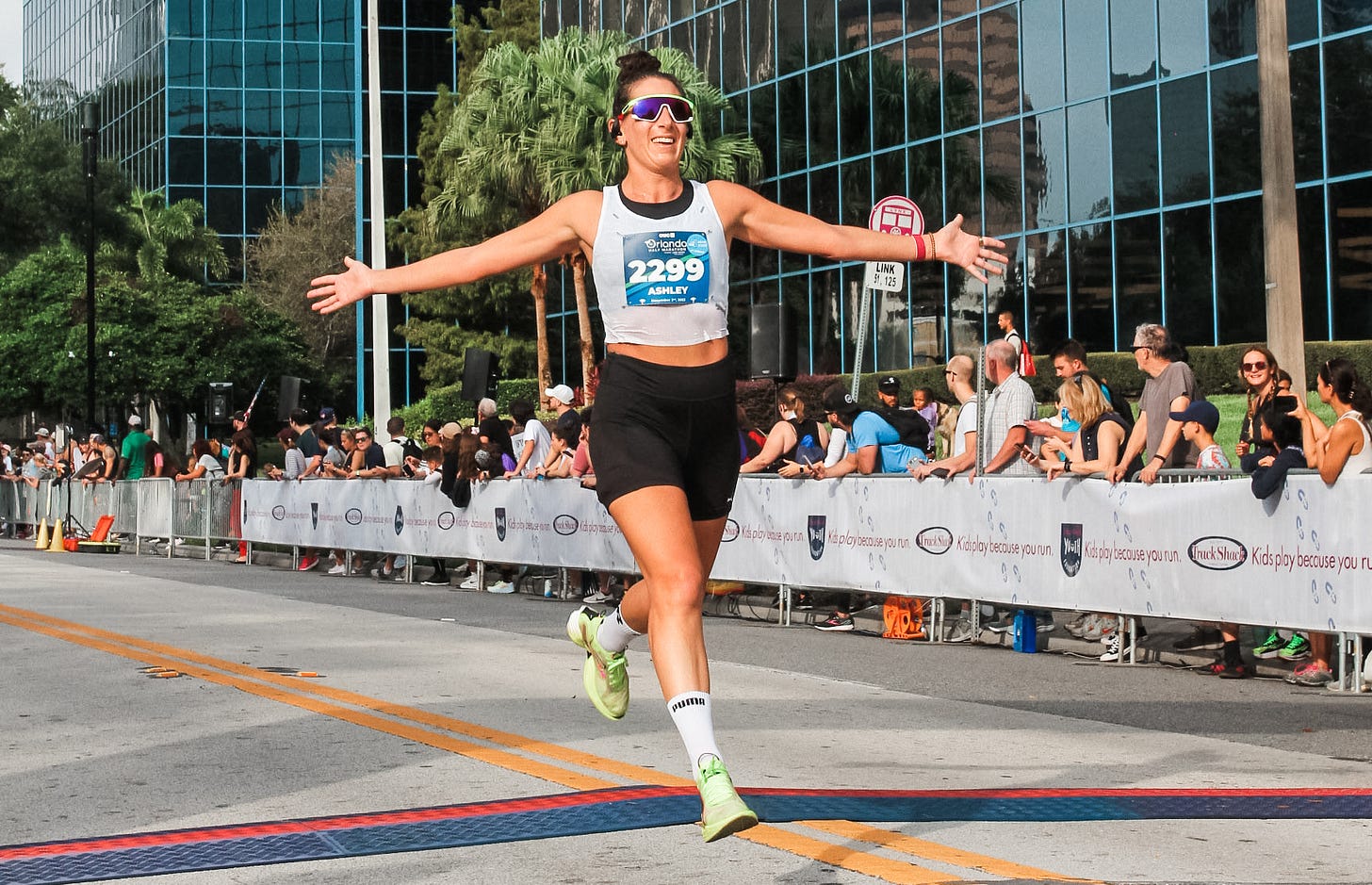
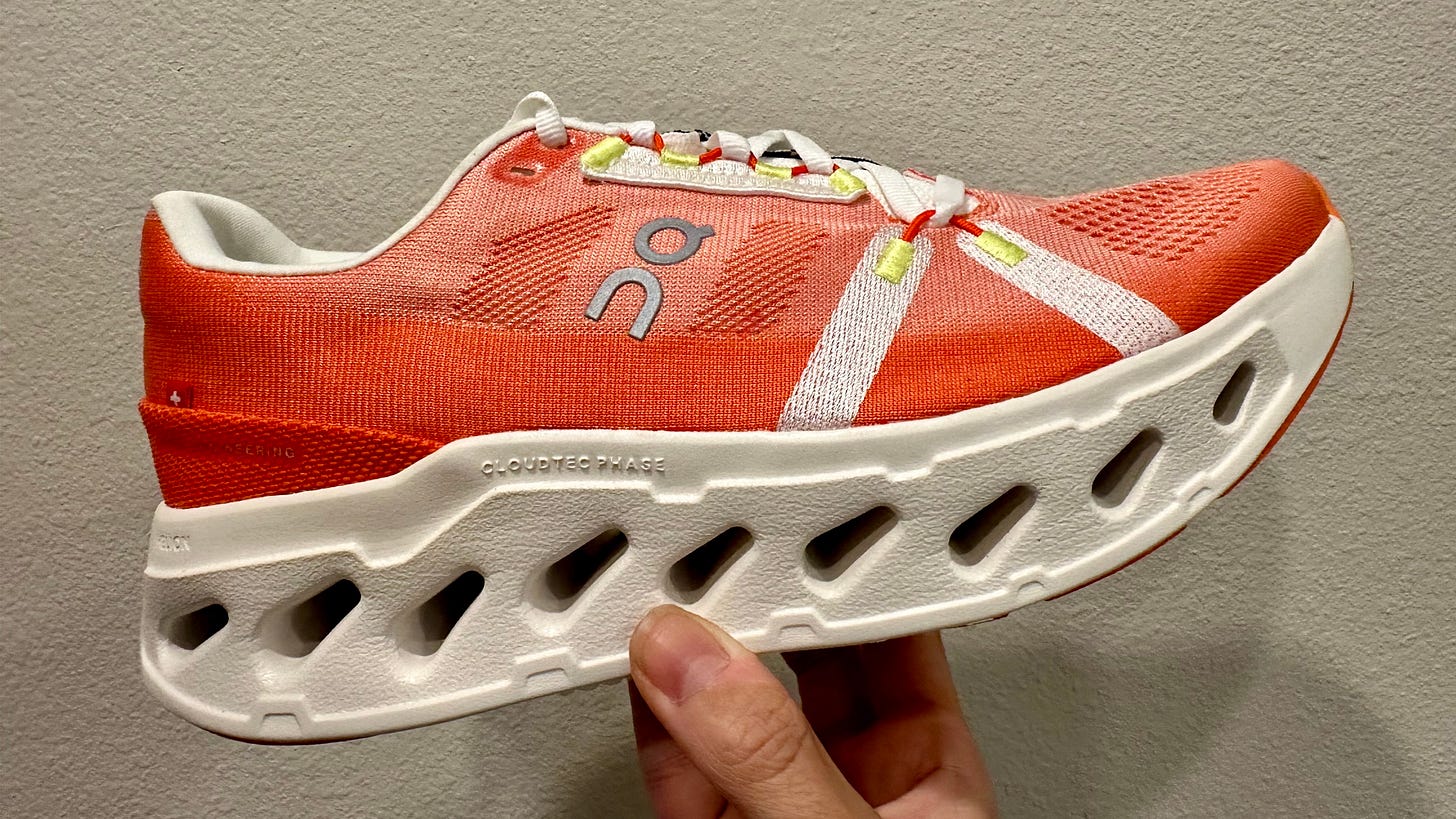
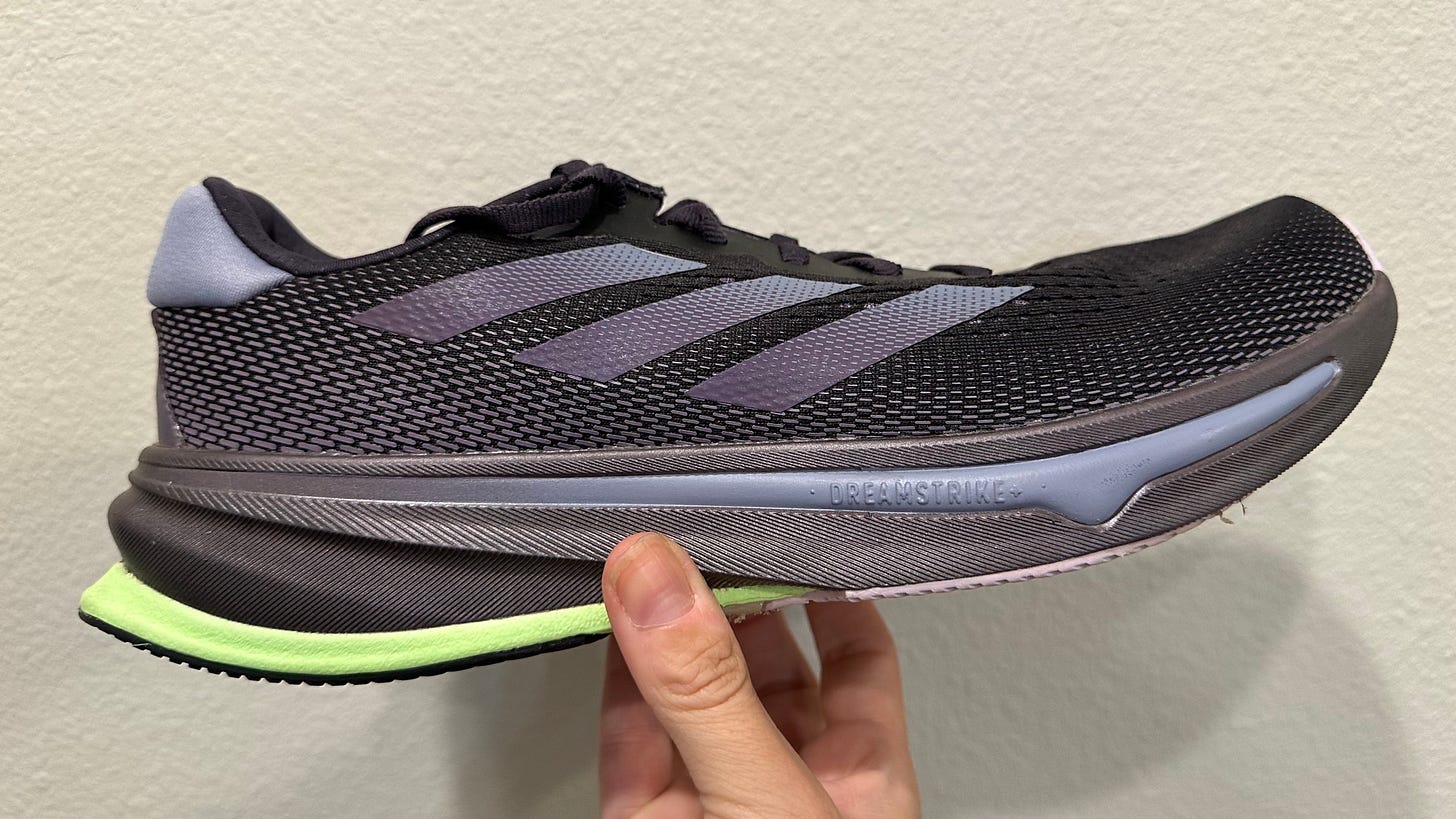

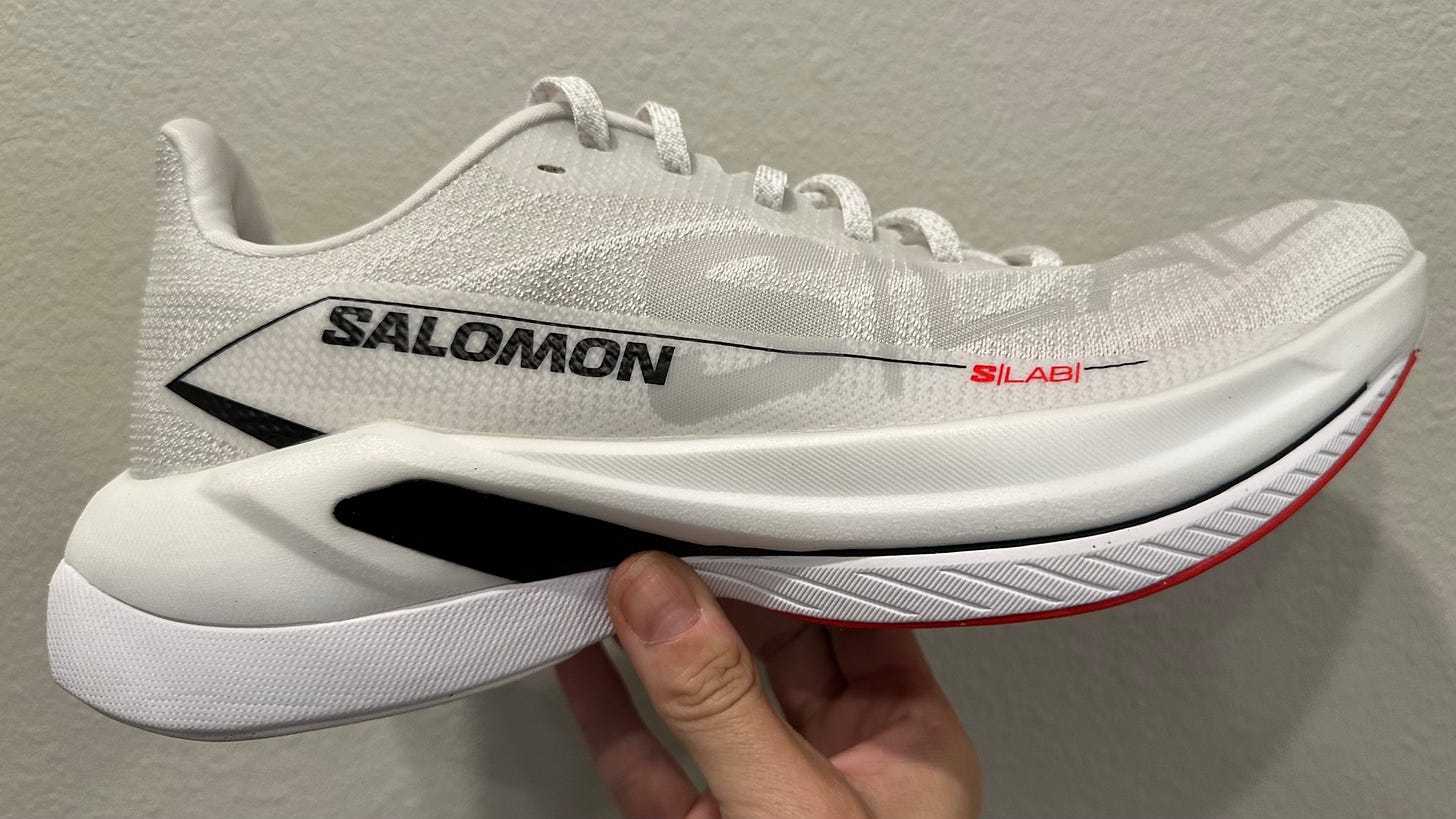
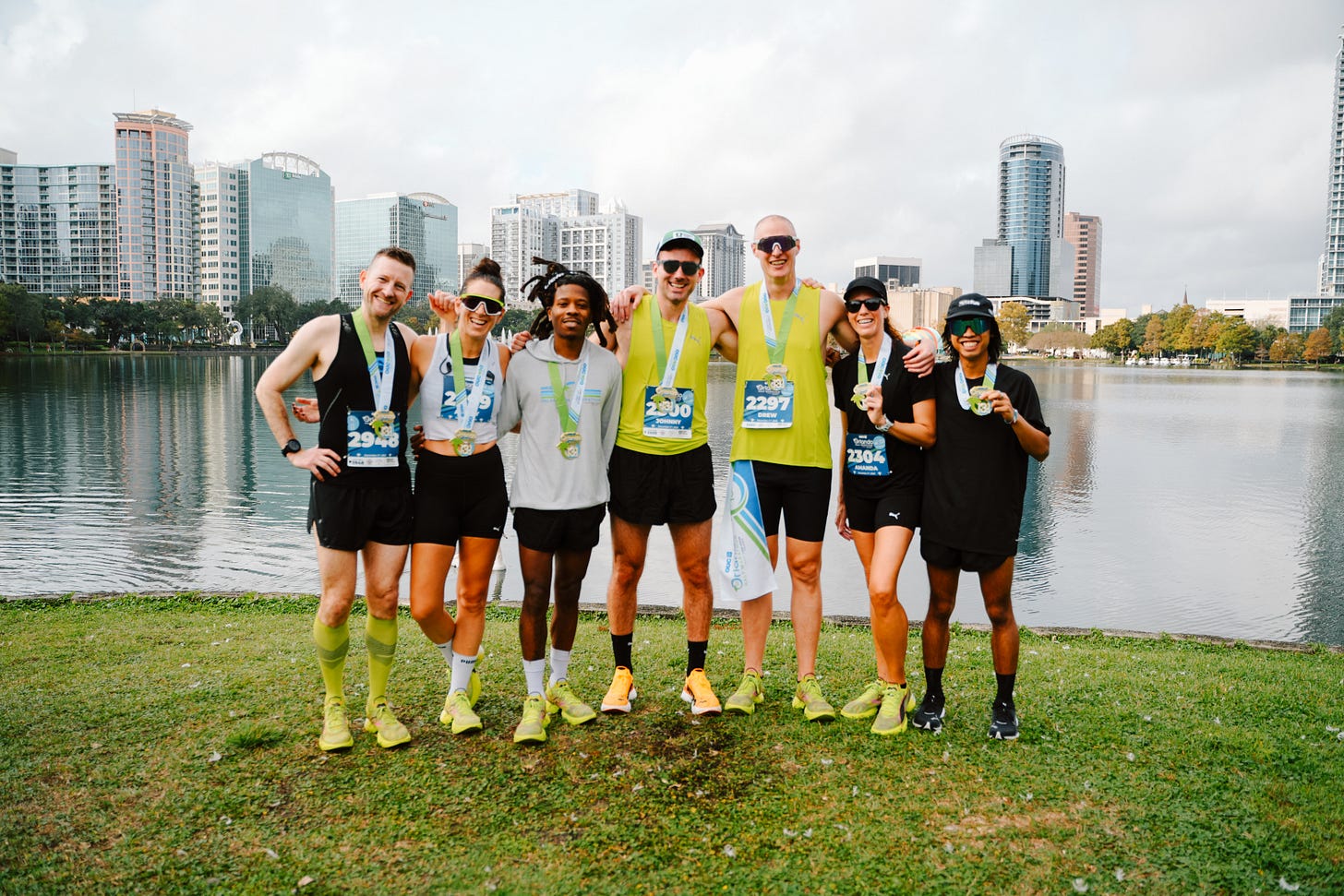
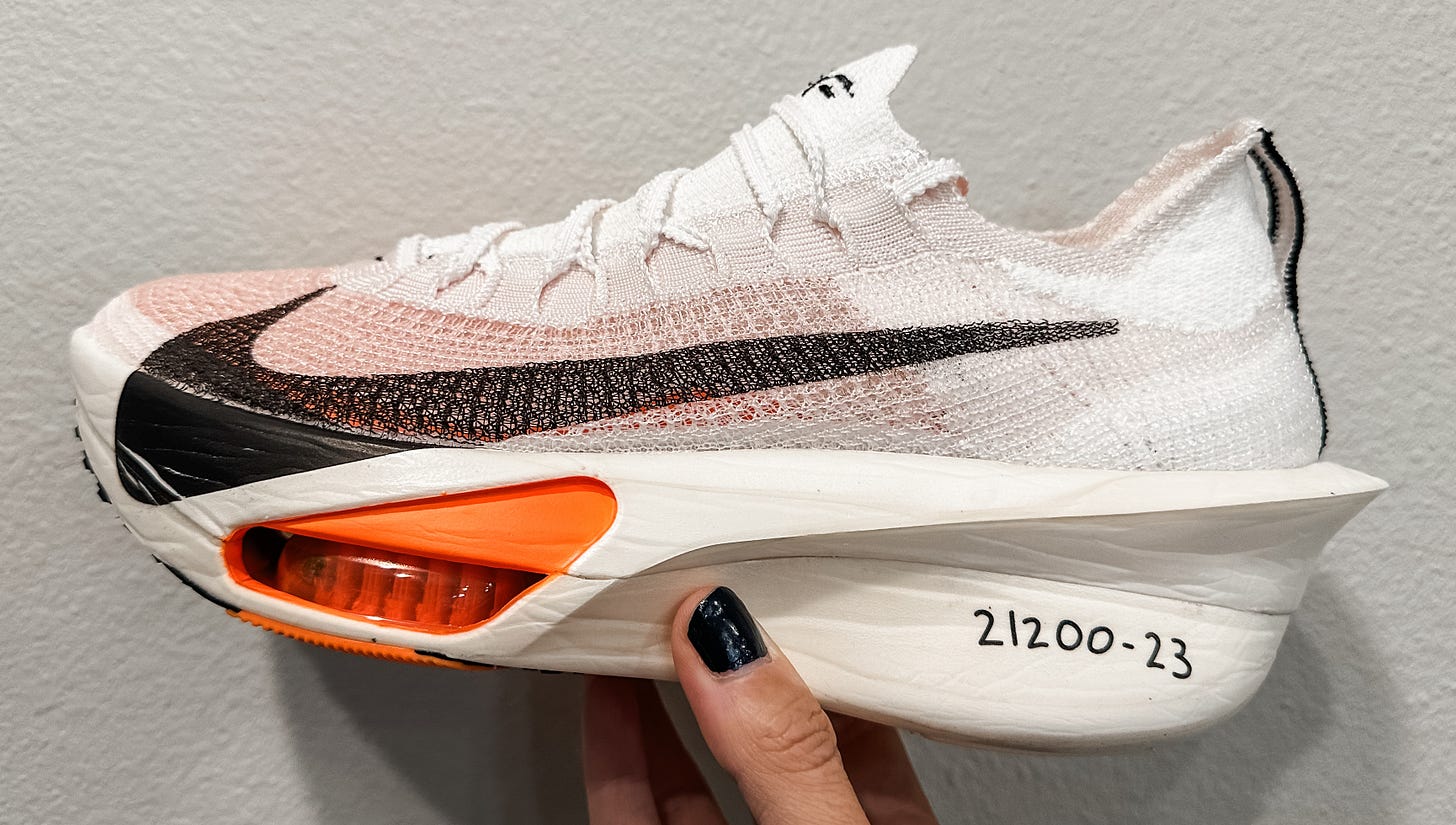
As far a recaps go, this is comprehensive. I particularly love what you said about shoe shopping by pace. I'd long maintained that unless you're hitting a certain time, one doesn't need these super shoes. In Nigeria, unfortunately, many who buy them do so as sort of status symbol. The true potential of those shoes can't be utilised by folks running much slower paces than they're designed for.
Excellent read.
Loved the comprehensive 2023 TRE recap/trend report